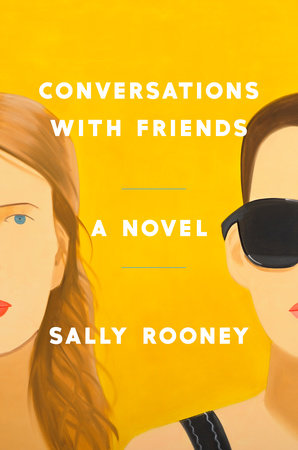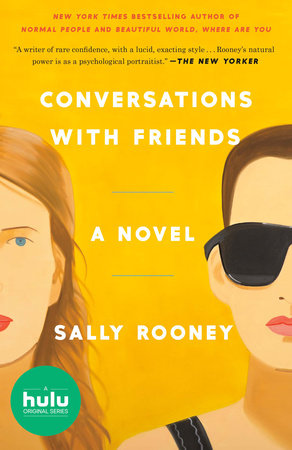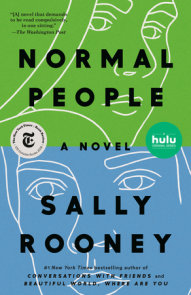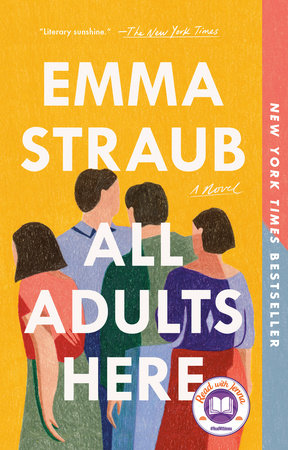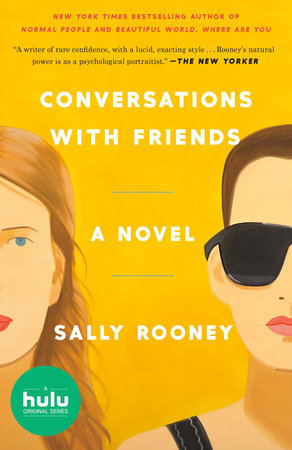

Conversations with Friends
By Sally Rooney
By Sally Rooney
By Sally Rooney
By Sally Rooney
By Sally Rooney
By Sally Rooney
By Sally Rooney
Read by Aoife McMahon
By Sally Rooney
Read by Aoife McMahon
Category: Literary Fiction | Women's Fiction
Category: Literary Fiction | Women's Fiction
Category: Literary Fiction | Women's Fiction
Category: Literary Fiction | Women's Fiction | Audiobooks

-
$17.00
Aug 07, 2018 | ISBN 9780451499066
-
$27.00
Jul 11, 2017 | ISBN 9780451499059
-
Jul 11, 2017 | ISBN 9780451499073
-
Jul 11, 2017 | ISBN 9781524781156
502 Minutes
Buy the Audiobook Download:
YOU MAY ALSO LIKE
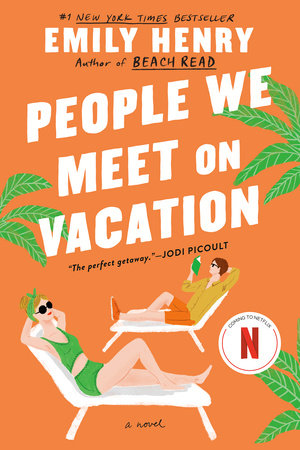
People We Meet on Vacation
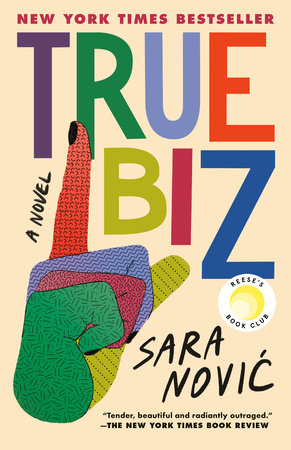
True Biz

Songs in Ursa Major
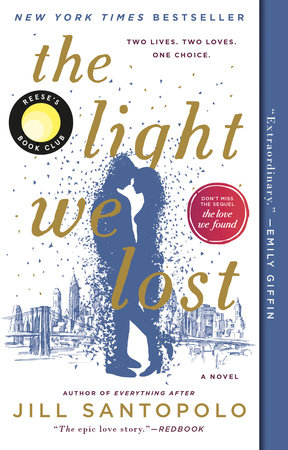
The Light We Lost
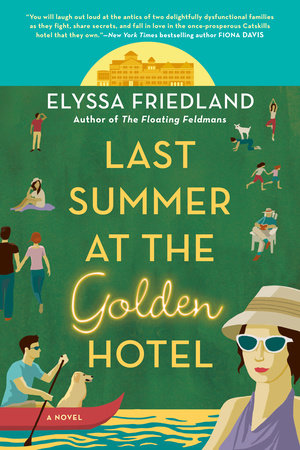
Last Summer at the Golden Hotel

The Guncle
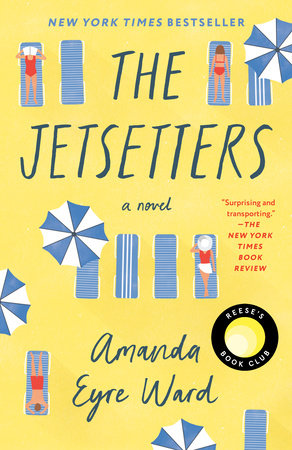
The Jetsetters
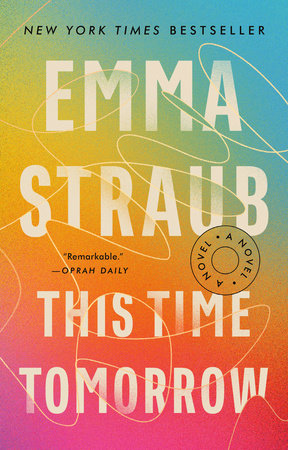
This Time Tomorrow
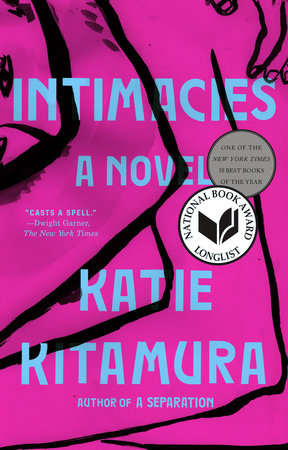
Intimacies
Praise
Praise for Conversations with Friends:
A Publishers Weekly Pick of the Week
Vogue’s 10 Best Books of 2017
Slate’s 10 Favorite Books of the Year
Elle’s Best Books of the Year
The Cut’s Best Books by Women
Vulture‘s “Best New Paperbacks”
“A writer of rare confidence, with a lucid, exacting style… [O]ne wonderful aspect of Rooney’s consistently wonderful novel is the fierce clarity with which she examines the self-delusion that so often festers alongside presumed self-knowledge… But Rooney’s natural power is as a psychological portraitist. She is acute and sophisticated about the workings of innocence; the protagonist of this novel about growing up has no idea just how much of it she has left to do.”
– The New Yorker
“Rooney has the gift of imbuing everyday life with a sense of high stakes…a novel of delicious frictions.”
– New York Magazine
“I love debuts where you just can’t believe that it was a debut… Conversations with Friends paints a nuanced, page-turning portrait of a whip-smart university student in the throes of an affair with an older married man.”
– Zadie Smith, Elle
“The dialogue is superb, as are the insights about communicating in the age of electronic devices. Rooney has a magical ability to write scenes of such verisimilitude that even when little happens they’re suspenseful.”
– Curtis Sittenfeld, The Week
“Sharp, funny, thought-provoking . . . a really great portrait of two young women as they’re figuring out how to be adults.”
– Celeste Ng, “Late Night with Seth Meyers Podcast”
“This book. This book. I read it in one day. I hear I’m not alone.”
– Sarah Jessica Parker (Instagram)
“The self-deceptions of a new generation are at the core of Sally Rooney’s debut, Conversations With Friends (Hogarth), which captures something wonderfully odd-cornered and real in the story of an Irish millennial…”
– Megan O’Grady, Vogue‘s 10 Best Books of 2017
“The debut novel of a young Irish writer whose forthcoming novel Normal People earned her rave reviews and a Booker Prize nomination, Conversations With Friends is one of those campus novels in which all of the real education takes place off campus. When two young women, best friends but former lovers, become friendly with an older married couple, their lives intertwine and explode in a coming-of-age story that’s weightier and wiser than you might expect.”
– Maris Kreizman, Vulture‘s “Best New Paperbacks” column
“[A] bracing, miraculous debut.”
– The Millions
“Sally Rooney’s debut novel is a remarkably charming exploration of that very uncharming subject: the human ego…Conversations With Friends sparkles with controlled rhetoric. But it ends up emphasizing the truths exploding in the silences.”
– Slate
“In this searing, insightful debut, Rooney offers an unapologetic perspective on the vagaries of relationships… a treatise on married life, the impact of infidelity, the ramifications of one’s actions, and how the person one chooses to be with can impact one’s individuality. Throughout, Rooney’s descriptive eye lends beauty and veracity to this complex and vivid story.”
– Publishers Weekly (starred)
“Readers who enjoyed Belinda McKeon’s Tender and Caitriona Lally’s Eggshells will enjoy this exceptional debut.”
– Library Journal (starred)
“A smart, sexy, realistic portrayal of a woman finding herself.”
– Booklist (starred)
“An astonishing assured debut.”
– The Bookseller
“The book of the summer…the wider issues underscoring her book – including race, sex and gender – which in her careful treatment, emerge far more complex and often funnier, than we could have ever imagined.”
– Refinery29
“A very funny, very humanly messy tale of sexual and artistic self-discovery in which every page reveals shrewd emotional insight. Caught between laser-eyed irony and heart-melting sincerity, the book is a masterclass in narrative tone that left me desperate to read whatever Rooney writes next… An addictive, funny and truthful first novel about love and literature.”
– Metro
“[Sally] Rooney has managed to take something old, the romance novel, and make it new: Frances is a bisexual communist student, allergic to expressing emotion, and her love affair is with a married man, and yet the book makes no attempt to make a moral stand on fidelity or punish its characters for their passions. The effect is, frankly, riveting, and creates a peculiar sensation of danger…An addictive read.”
– Rufi Thorpe, author of The Girls From Corona del Mar and Dear Fang, With Love
“Sally Rooney’s writing is cool, wry and smooth, and gives the reader a sense of being in the lucky position of overhearing not only what fascinating strangers are talking about, but also what they’re thinking. I was riveted til the last page.”
– Emily Gould, author of Friendship
“Fascinating, ferocious and shrewd. Sally Rooney has the sharpest eye for all of the most delicate cruelties of human interaction.”
– Lisa McInerney, author of The Glorious Heresies (winner of the Baileys Women’s Prize for Fiction)
“[Sally] Rooney captures the mood and voice of contemporary women and their interpersonal connections and concerns without being remotely predictable…A clever and current book about a complicated woman and her romantic relationships.”
– Kirkus
“Rooney writes so well of the condition of being a young, gifted but self-destructive woman, both the mentality and physicality of it. She is alert to the invisible bars imprisoning the apparently free. Though herself young – she was born in 1991 – she has already been shortlisted for this year’s Sunday Times EFG short story award. Her hyperarticulate characters may fail to communicate their fragile selves, but Rooney does it for them in a voice distinctively her own.”
– The Guardian
“A novelist to watch: An addictive debut, with nods to Tender is the Night, heralds a bright new talent.”
- Sunday Times
“A contemporary love story so powerful, graceful and honest it left me reeling. [Conversations with Friends] is, by turns, astonishing, heart-rending and perfect; there’s not a word out of place.”
– Luke Kennard, author of The Transition
“Sally Rooney is a writer going all the way to the top. Conversations with Friends features the 21st century, Irish descendents of Salinger’s guileless wiseasses brought to life in prose as taut and coolly poised as early Bret Easton Ellis.”
– Colin Barrett, author of Young Skins
“There’s not a beat out of place in Sally Rooney’s astonishingly poised writing. Conversations with Friends is the most sophisticated and perceptive novel I’ve read about relationships in the 2010s.”
– Gavin Corbett, author of This Is The Way and Green Glowing Skull
“Written with such precision and perceptiveness, full of arid humour and reckless despair, a novel of spine-tingling salience.”
– Sara Baume, author of Spill Simmer Falter Wither and winner of the 2015 Geoffrey Faber Memorial Prize
Awards
British Book Award SUBMITTED 2018
Desmond Elliott Prize LONGLIST 2018
Folio Fiction/Poetry Awards SHORTLIST 2018
Kerry Group Irish Fiction Award SHORTLIST 2018
Sunday Times Fiction Prize AWARD 2017
The Dylan Thomas Prize SHORTLIST 2018
21 Books You’ve Been Meaning to Read
Just for joining you’ll get personalized recommendations on your dashboard daily and features only for members.
Find Out More Join Now Sign In






